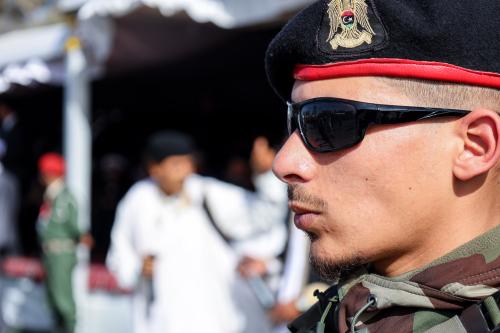Michael O’Hanlon joined Bob Shieffer, and guests on Face the Nation, to discuss the current and future U.S. strategy in Afghanistan.
BOB SCHIEFFER: Michael, you have, sort of, been charting this war in both Iraq and Afghanistan for a long, long time. Where is it now?
We hear from one side it’s urgent; we have to act now. The other side says maybe we ought to think about this a little bit. Ho– how would you just assess the situation now?
MICHAEL O’HANLON: Well, Bob, it’s a good question because I think some of the disagreement now about what to do is people’s impressions of how fast we’re losing. General McChrystal says pretty fast. He says the Taliban are now at a hundred and forty of Afghanistan’s three hundred and sixty-eight districts. And they used to be in just a couple of dozen.
And they’ve got momentum. People are not necessarily supporting them, liking them, but they are afraid of them. And they appreciate that they have the momentum on the battlefield. So a lot of Afghan tribes are putting some fighters with the Taliban just to hedge their bets.
On the other hand, you have some people in the administration who are implicitly saying, we’ve got some time; let’s let the Afghans do more of the fighting; let’s be patient; let’s train them up and, you know, wait until they’re able to do. They don’t put it quite that way, but implicitly, they’re saying, we’ve got a little more time than General McChrystal may be arguing.
And so, frankly, if you look at the evidence, there has been progress in Afghanistan in the last eight years. There are a lot more kids in school. There’s better health care. There’s a higher GDP. But the battlefield momentum is on the side of the Taliban. There really is no mistaking that. And the simplest way to say it is they are now in control or prevalent in at least a third of the country’s districts.
Watch the show » (external link)
Read the full transcipt » (external PDF)



Commentary
Should President Obama Send More Troops to Afghanistan?
October 11, 2009